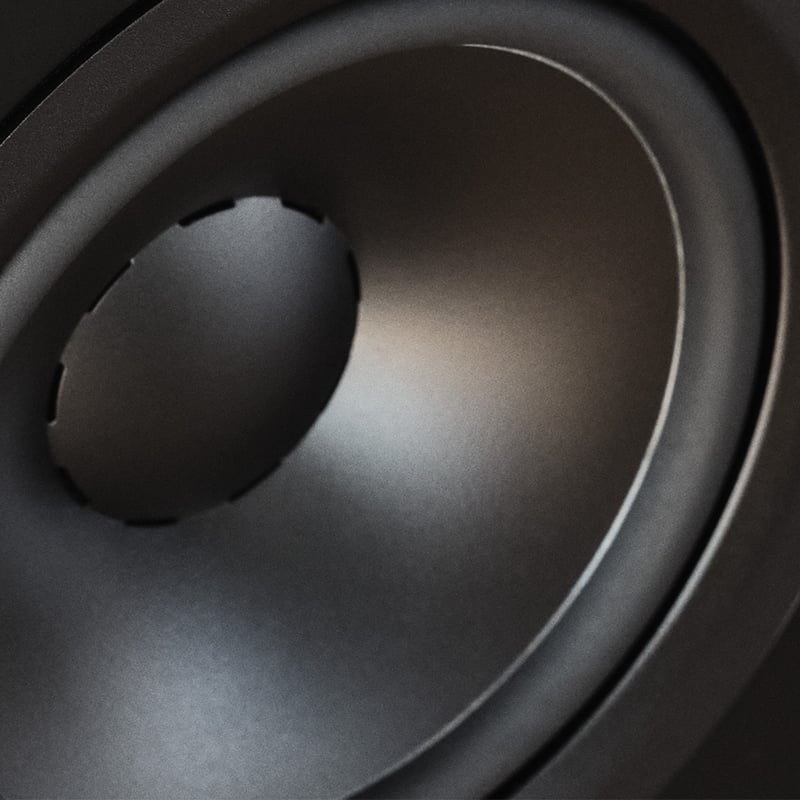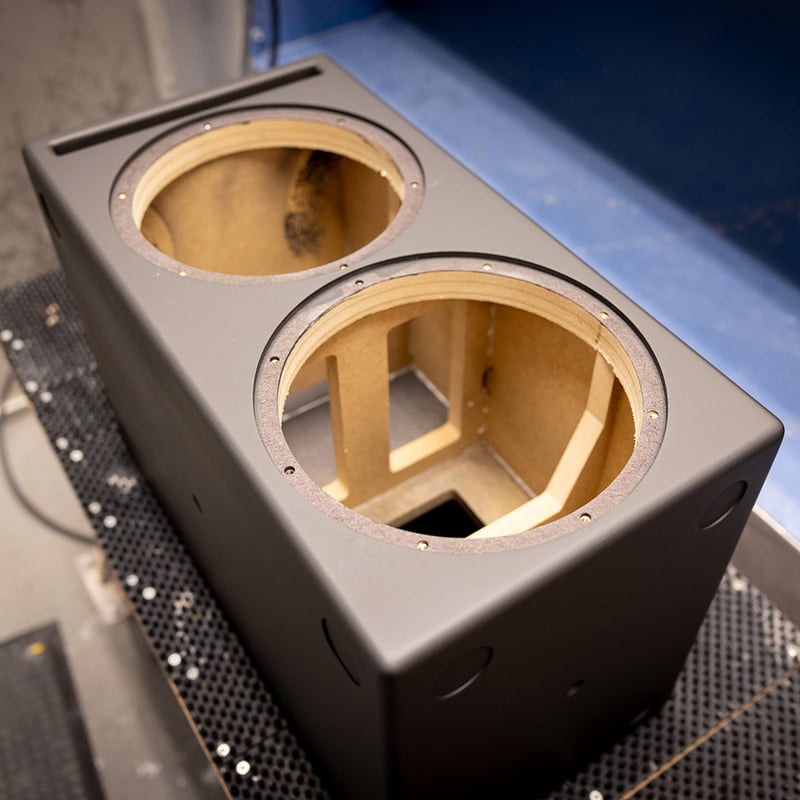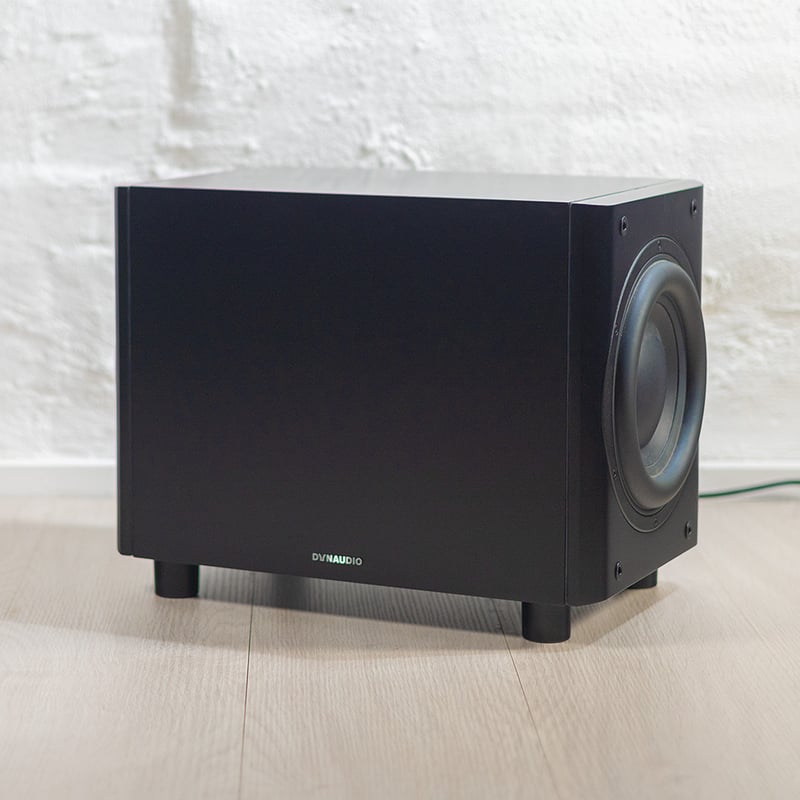If you're confused by differing amp classes and classifications, then read on dear reader, and become wiser, as Otto explains this sometimes confusing topic in great detail on this episode of Ask The Expert.
If you have a question that you'd like answered on Ask The Expert, then be sure to write it in the "Send us your questions" form below and we'll do what we can to feature it in a future episode!
What is the difference between all of these amplifier classes? You have Class A, Class A/B, Class D, sometimes even Class H. So what's the deal? Which one is actually the best one?
Today, we’re not going to talk about tube amplifiers – we'll just be covering transistor amplifiers – and we’ll start by talking about what an amplifier actually does. In basic terms, you have an input signal that needs to be applied to the loudspeaker, and to do that, we need to apply more power to the signal so that it drives the loudspeaker.
The input signal meets the output AC power from the mains – which can be 50 or 60Hz depending on where in the world you are living. This 50 or 60Hz frequency is of course bit boring to listen to, so we want to hear the music signal. But to do this, we have to get rid of the 50 or 60Hz tone, which we do in the power supply with a rectifier that rectifies the signal into a direct current, i.e. DC, a single stream of power that that doesn't have any sort of innate frequency.
We take this one direct current and apply it to the frequency of the incoming signal – so we’re converting it back to alternating current – but now at the frequency of the input signal. So instead of just one pure 50-60Hz tone, we now have a signal, that matches the musical frequency, but with the incoming power to drive the loudspeaker.
In conjunction with this, we have a volume control where we can control how loud we want the music to be. A volume control actually controls the voltage of the signal, allowing us to adjust the loudness.

Class A
So the original class of amplifier was Class A amplifiers – that's our point of origin, where everything started.
With Class A – that is to say, the simplest, most basic form of amplifier – the transistor is more or less running at full power all the time: no matter how loud you're playing, no matter what the incoming signal is, the transistor is running at full power. Whilst that means that it's always ready to deliver that power to the loudspeaker, it also means that Class A is actually very inefficient. It's always using all the power and, because almost all of this power is heat, it's dispersing a lot of the power as heat, and is therefore wasteful and very inefficient.
The benefits of a Class A amplifier is the sound quality – they typically sound really good. There's a low level of distortion, and it just sounds good.
The drawbacks of Class A amplifiers are unfortunately numerous, including the fact that they are expensive. As we mentioned earlier, they are extremely inefficiente energy-wise, and require a lot of heat dissipation from the transistor to avoid it burning up. This would require the use of a lot of cooling, either with fans – which are undesirable due to the audible noise that comes with them, or big cooling fins which tend to make amplifiers very large, very expensive, and – again – very inefficient In short; Class A is a rather impractical way to get high quality audio.
Class B
The next step in the evolution of amplifiers is the Class B amplifier. Due to the aforementioned inefficiency of Class A, Class B amplifiers were invented. In a Class B amplifier, the transistor is only running half the time. During the cycle of the frequency, one transistor runs the positive cycle, and then it switches off, and hands over to another one transistor which runs the negative cycle.
The benefit of this is that each transistor is only running half the time, which improves the efficiency since it's only dispersing half as much energy in the form of heat. This means that the amplifier can be smaller and cheaper.
The drawback, however, is very poor sound quality. Due to the handover from each transistor to the next, you get crossover distortion that's very audible. And so Class B is essentially unusable for audio. We don't use for audio, and it’s only really useful for things such as radio wave transmitters.
Class A/B
The solution to issues with Class A and Class B amplifiers is what is known as the Class A/B amplifier.
Class A/B is a very common type of amplifier in audio, and is essentially a merging of the two previous concepts – hence the name A/B. So Class A/B describes an amplifier which is more or less a Class B amplifier, but each transistor is running a biased power, which means that they are always running with a little bit of power on – they are never completely switched off.
This means that when the previously mentioned "handover" occurs between the two transistors, both of them are and this results in a much smoother transition between the transistors, making for much better sound quality. A Class A/B design therefore strikes a very good balance between sound quality, efficiency and cost. For these reasons, it's a very commonly-used amplifier – probably the most common amplifier – in today's audio world.
Class A/B is, however, not perfect. There is still have some energy loss via heat dispersion (up to 50%) and in this way, it's still not perfectly efficient. Class A/B is therefore still larger and more expensive than a Class D amplifier, for example, which will discuss next.
Class D
Next up is Class D. A lot of people believe that the ‘D’ in Class D means ‘Digital’, and that you can't use Class D amplifiers with analogue sources, but this is simply untrue. ‘D’ is just an arbitrary letter that's been assigned to this particular technology. It has nothing at all to do with digital audio, and it is a fully analogue technology – or at least it can be.
One of the things that's unique about Class D amplifiers is what's called Pulse Width Modulation, which is usually the power supply for a Class D amplifier. This means that the frequency wave isn't linear, but rather includes pulses at very high megahertz frequencies that rapidly move up and down. By then modulating how far up and down these millions of pulses are moving, you get the outline of the desired frequency wave.
Of course, we need these pulses to disappear before the signal hits the loudspeaker, so a filter is applied, which cuts away the high frequencies, leaving the power that's actually following this outline of the curve. In this way, Class D almost allows for the drawing of the curve that we want to have in the sound.
It's important to point out at this point that digital versions of Class D amplifiers do exist. There are variations of Class D amplifiers where these aforementioned pulses are digitally controlled. Usually they aren't, but some amplifiers do use a digital control of these pulses to control the width of them, and in that case, you could say that this is a digital amplifier. However, this is not the norm and that's why we don't call Class D a digital technology – even though it can be partially digitally controlled.
The benefits of Class D amplifiers are plentiful. First and foremost, there's good efficiency, because the use of the pulses doesn't require a lot of power to create the output curve. A low power requirement translates into a low requirement for cooling, which in turn can make Class D amplifiers cheaper to produce, as we all as being very compact ~ with potentially a very good sound quality.
We say "potentially" because it really depends on the quality of the design. But – like anything – some Class D amplifiers sound really good, and others less so.
The main drawbacks of Class D are the aforementioned potential poor sound quality, especially in the high frequencies, and this is mainly because we’re applying a filter to these frequencies, and the depending on the quality of the filter, results can vary.
Another point is that Class D amplifiers can actually still be rather expensive, really expensive – especially if you want to do them right. If you want to make a really good-sounding Class D amp, the price starts to creep up again, as with other types of amplifiers.
Class G
So the next amplifier class we're going to discuss is less common in hi-fi audio – it’s called Class G. Class G is actually very similar to Class A/B, but with a different power supply design. With Class G, we have a power supply that can run at two different stages – when you're running low power, the power supply runs at a lower output, and as soon as you increase the output and you need more power from the power supply, it will then kick into the next stage supply more power to the amplifier.
With this "two-stage" design steps, the efficiency of the amplifier is improved – almost as efficient as a Class D amplifier – and there's less heat to disperse. For that reason, Class G is a very popular choice for PA audio, a situation in which you need very high output amplifiers but in a fairly compact format. The main drawback – as with the other types of amplifier – is that Class G amplifiers don't sound quite as good as traditional A/B amplifiers. Again, this depends on the specific design of the amplifier.
Class H
Another variant of this type of amplifier is the Class H amplifier, which works in a similar way to Glass G. In a class H amplifier, the power from the power supply is being modulated to match the incoming signal, meaning that the power being used in the power supply is always ready for the input signal. This means that the amplifier is never using more power than is actually needed.
To achieve this, a very simple Class D amplifier is used as the power supply – allowing the signal to following the input signal – and then that power from this Class D amplifier is used to run an actual Class A/B amplifier. In essence, the output stage is Class A/B, but the power supply is a Class D amplifier and, by merging those two technologies, we can achieve an efficiency that's very close to Class D, but with a sound quality that's very close to that of an A/B amplifier design.
The drawbacks of this technology are that you have a more complicated design than with a traditional Class D, but generally speaking you are unable to match the sound quality of the very best Class D amplifiers out there.
Summary
So then, of course, the question is "which one is best. Which one should I use?" As always, the answer to that a relatively boring, "it depends!"
It depends on the design of amplifier and how well it has been implemented. There's simply no one technology that is better than the others, just by design, but rather it comes down to how it's being used.
The majority of the designs we've discussed in this article – with the exception of Class B – are usually rather good. But they can also be bad, if not implemented correctly.
Generally speaking, Class D is taking over the world simply because it's a more efficient design. There's a better relationship between sound quality and price, and the very best Class D designs are starting to match the best Class A/B designs in terms of sound quality. For these reason, we generally use Class D designs here at Dynaudio, in speakers such as the Focus series or the Sub 6 subwoofer.
Hopefully we\ve managed to illustrate here that choosing the appropriate class of amplifier is a matter of striking a balance between price and sound quality – just as with any other piece of audio gear. And, as always, should you be in any doubt, be sure to listen to products in a real-world scenario before buying.
Trust your ears (and maybe also your bank account)!
Send us your questions
Don't forget to submit your questions to our experts via the form below – they might just get featured in a future episode of Ask The Expert!







